 W
WAndong / Antung (Wade-Giles), or Liaodong was a former province in Northeast China, located in what is now part of Liaoning and Jilin provinces. It was bordered on the southeast by the Yalu River, which separated it from Korea.
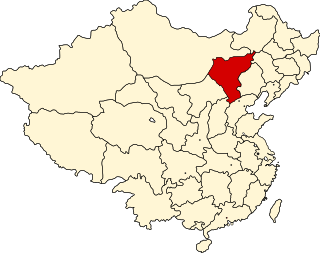 W
WChahar, also known as Chaha'er, Chakhar or Qahar, was a province of the Republic of China in existence from 1912 to 1936, mostly covering territory in what is part of Eastern Inner Mongolia. It was named after the Chahar Mongols.
 W
WZhejiang or Chekiang was the former province in the Republic of China administering Zhejiang. Founded after the collapse of the Qing dynasty, it was abolished after the ROC Forces, ROC government officials and local residents were evacuated from Dachen to Taiwan in 1955 following the military defeat of the ROC by People's Liberation Army forces of the newly-founded People's Republic of China during the Battle of Dachen Archipelago.
 W
WHokiang, was a province in Northeast China, which was established in 1945. It was c.52,300 sq mi (135,500 km²) in size and the provincial capital was Jiamusi.
 W
WLiaobei also known as Liaopeh was a province of the Republic of China in Manchuria. It mostly covered territory which is now in Inner Mongolia. The capital of Liaobei was Liaoyuan City.
 W
WNunkiang, was a province in Northeast China, which was established in 1945. It was c.26,000 sq mi/67,340 km² large and the provincial capital was Qiqihar. The province was abolished in 1950 and incorporated with Heilongjiang province.
 W
WRehe, also romanized as Jehol, was a former Chinese special administrative region and province.
 W
WSungkiang or Songjiang was a province of the Republic of China. Mudanjiang was the capital. It was one of nine provinces created in Manchuria by the Chinese Nationalist government after World War II. Since the Nationalists never gained effective control of Manchuria, the province existed only on paper. It was bordered on the east by the USSR, and along part of the southern border ran the Nen (Nonni) and Songhua Rivers. In 1949 Hejiang was incorporated into Songjiang and in 1954, northern Songjiang was merged into Heilongjiang province and southern parts into Jilin province.
 W
WSuiyuan was a historical province of China. Suiyuan's capital was Guisui. The abbreviation was 綏. The area Suiyuan covered is approximated today by the prefecture-level cities of Hohhot, Baotou, Wuhai, Ordos, Bayan Nur, and parts of Ulaan Chab, all today part of Inner Mongolia Autonomous Region. Suiyuan was named after a district in the capital established in the Qing Dynasty.
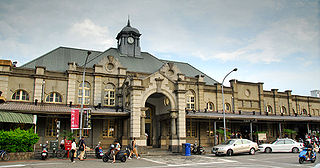 W
WTaiwan Province is a nominal administrative division of Taiwan. Its definition is part of the Constitution of the Republic of China, but the province is no longer considered to have any administrative function.
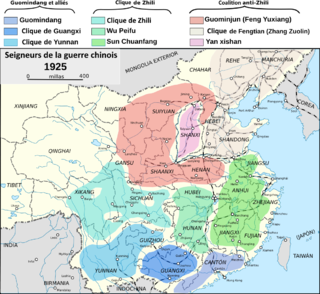 W
WXikang was an illusory province formed by the Republic of China in 1939 on the initiative of prominent Sichuan warlord Liu Wenhui and continued by early People's Republic of China. It comprised most of the Kham region, where the Khampa, a subgroup of the Tibetan people, live. The then independent Tibet controlled the portion of Kham west of the Upper Yangtze River. The nominal Xikang province also included in the south the Assam Himalayan region that Tibet had recognised as part of British India by the 1914 McMahon Line agreement. The eastern part of the province was inhabited by a number of different ethnic groups, such as Han Chinese, Yi, Qiang people and Tibetan, then known as Chuanbian (川邊), a special administrative region of the Republic of China. In 1939, it became the new Xikang province with the additional territories belonging to Tibetan and British control added in. After the People's Republic of China invaded and occupied Tibet, the earlier nationalist imagination of Xikang came to fruition.
 W
WHsingan refers to a former province, which once occupied western Heilongjiang and part of northwest Jilin provinces of China. The name is related to that of the Greater Khingan Mountains. Another name used for this land was Barga, which is also the name used for the western part of the province, the Barga district.
 W
WXinjiang Province or Sinkiang Province refers to a former province of the Republic of China. First set up in 1884 as a province of the Qing dynasty, it was replaced in 1955 by the Xinjiang Uygur Autonomous Region of the People's Republic of China. The original provincial government was relocated to Taipei as the Sinkiang Provincial Government Office (新疆省政府辦事處) until its dissolution in 1992.
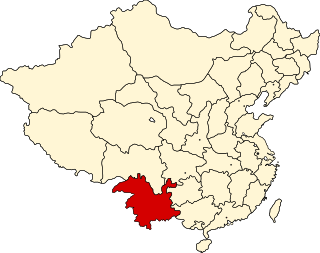 W
WYunnan refers to the former province of the Republic of China controlling Yunnan. It was one of the 22 provinces set up during the Qing dynasty. As one of the 6 provinces in South China, the territory it administers was slightly larger than the present-day Yunnan.
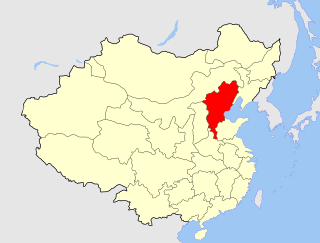 W
WZhili, alternately romanized as Chihli, was a northern administrative region of China from the 14th-century Ming dynasty until 1911, when the region was dissolved, converted to a province, and renamed Hebei in 1928.